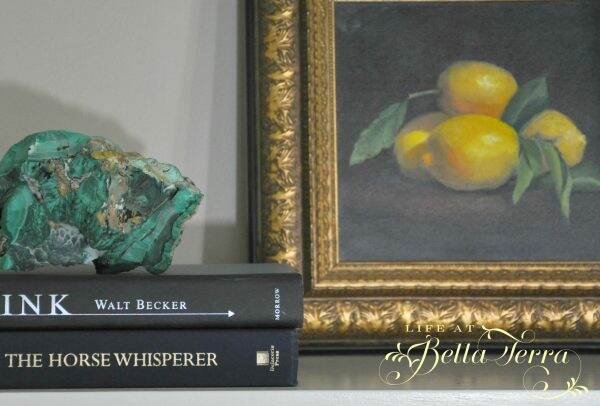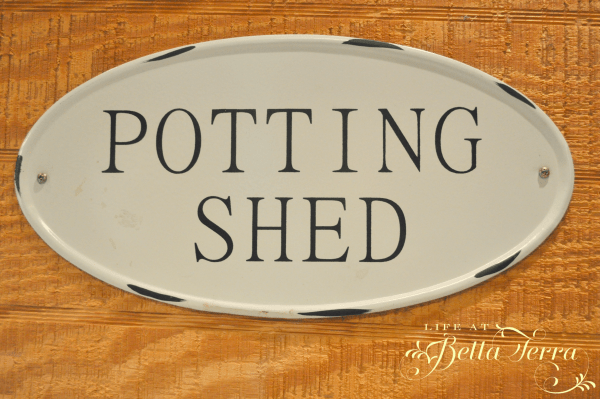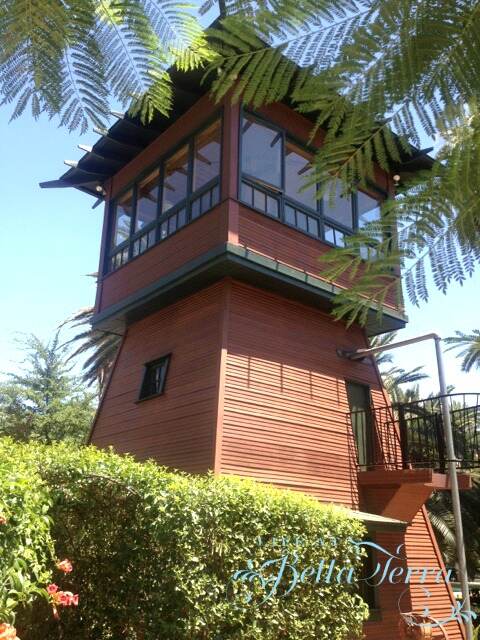What are You Reading?

In retrospect, I wish I was spending more time reading during our sheltering in place. But our weather is beautiful and so many projects just need accomplishing. But languishing in a soft and comfy chair, lost in a book taking you to other places, sounds like the right remedy for our stressful times.

It has been a while since I posted about the books I am reading. Last August was the last time I shared my summer reading. If you missed that post, click here.
Author Rhys Bowen doesn’t disappoint. I just love how she writes as it is effortless for my eyes to flow over her sentences. She has such a gift for creating passages you can see visually in your head. The Victory Garden takes place during the Great War in Devonshire, England. The main character, Emily, is determined to contribute to the war effort and you will experience joy, sorrow, friendship and superstition during her journey.

When I find an author I love, I consume each and every book they have written. As you may recall from one of my previous posts, I am a character in the latest release of Rhys Bowen’s Book, Above the Bay of Angels. Again, I highly recommend her books. In addition to stand alone stories, she has a few series that were equally delightful.

If you are looking for a mystery or thriller, I recently discovered Mark Edwards. He writes stories where scary things happen to ordinary people. The first book that I read is The Magpies. The beginning is full of optimism as a young couple moves into their first home together. But then strange things start to happen…

Here is another novel from Mark Edwards, Because She Loves Me. It is a gripping tale of jealously, obsession and murder.
![Because She Loves Me by [Mark Edwards]](https://m.media-amazon.com/images/I/51fQm74m0gL.jpg)
It is obvious I was on a binge of psychological thrillers. The Hunting Party by Lucy Foley is set in an idyllic and isolated estate in the Scottish Highlands. A group of friends from Oxford get together to celebrate the New Year and there’s a blizzard. And a death.
![The Hunting Party: A Novel by [Lucy Foley]](https://m.media-amazon.com/images/I/51BQ87oWyeL.jpg)
If you like art galleries, small towns and a brutal murder, the The Last Day by Luanne Rice is for you.
![Last Day by [Luanne Rice]](https://m.media-amazon.com/images/I/41AUKdIpuWL.jpg)
I first discovered Natalie Banks on Instagram. We exchanged a few messages and as a result, I purchased her book, The Water is Wide. The book is set in lovely North Carolina and is filled with love, loss and mystery. I’m still pondering the ending, but I am willing to read another novel by this author.
![The Water is Wide: We believe the truth we want to. by [Natalie Banks]](https://m.media-amazon.com/images/I/41hw5jhDl3L.jpg)
My dear friend and author, Barbara Hinske, recommended her writing friend, Judith Keim. Since I love books in beautiful environments, I was excited to start Judith’s Chandler Hill Inn series Book 1, Going Home. The setting is Willamette Valley in Oregon. You can’t go wrong with vineyards, wine, love, luck and loss. By the way, please check out Barbara Hinske’s books. Here is a link to her website.
![Going Home (Chandler Hill Inn Series Book 1) by [Judith Keim]](https://m.media-amazon.com/images/I/51QKxNxbtOL.jpg)
When we take long car drives, we listen to books on Audible. Unspeakable Things, by Jess Lourey is based on a true story from the author’s home town. This a heart-pounding novel of suspense about a small Minnesota community where nothing is as quiet—or as safe—as it seems.

Another Audible book, which at times was difficult to listen to, is Dr. Laura’s The Proper Care & Feeding of Marriage. Dr. Laura is brutally frank and honest about the roles we play in our marriage. Both husband and wife have power in the relationship, and each needs to realize this in order to ensure personal satisfaction. It may not be for everyone and some of it was hard to hear. But like most things in life you can garner gems and make improvements.

So what are you reading? Do you prefer hard copies, Kindle version or audible ones? And by the way, I am not sure it is obvious, but I try to provide links to access these books/products so you don’t have to go searching the internet. The link should be highlighted in the post’s copy. My husband said it is hard to see on his mobile version. If that is the case, please let me know and I’ll see if someone can resolve that.
In the meantime, Happy Wednesday and Happy Reading!

Heart Shaped tea bags are from Brin d’Aromes; her IG account is brindaromes. I ordered these at Valentine’s Day but I cannot locate her website.


















































































